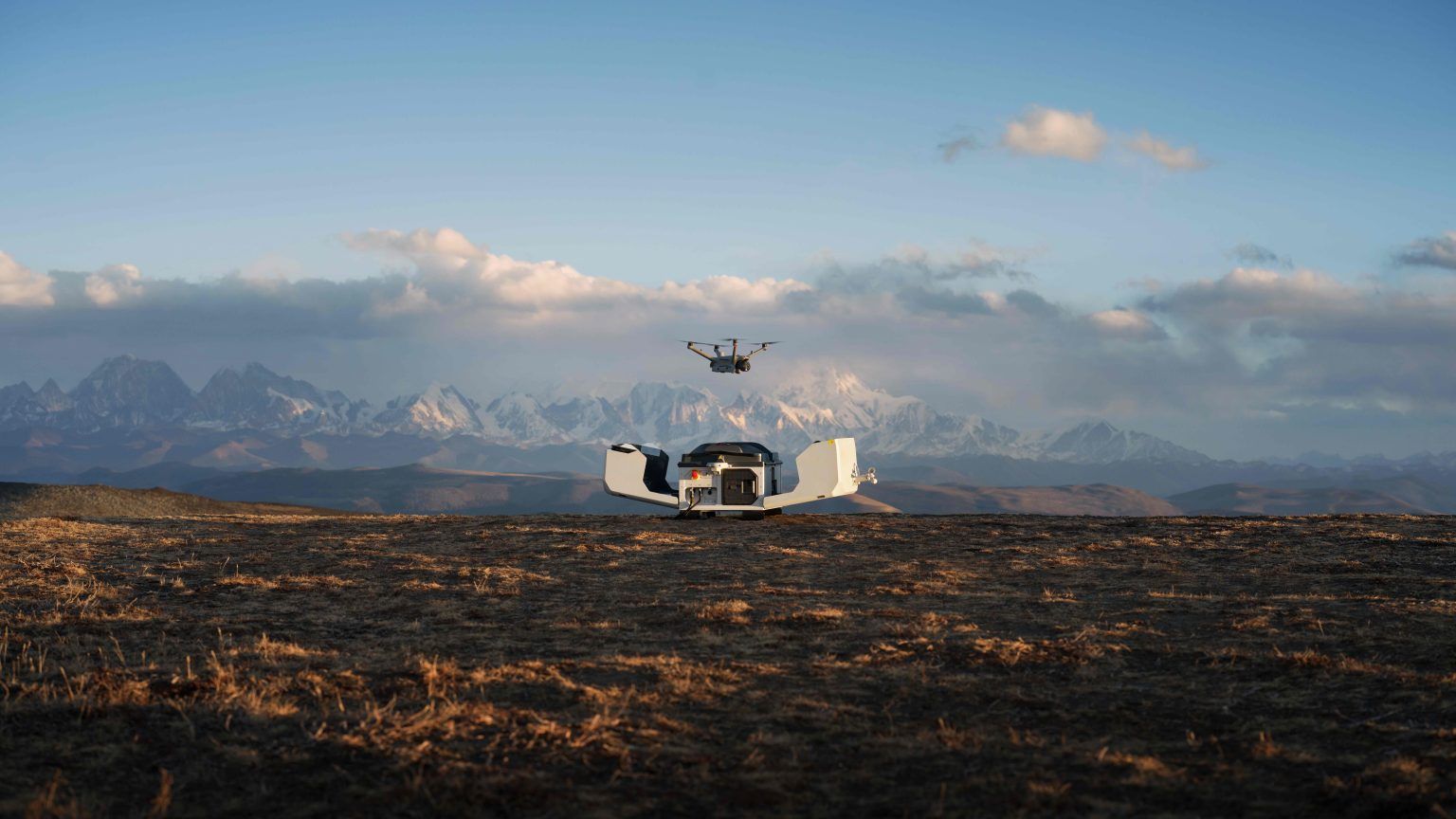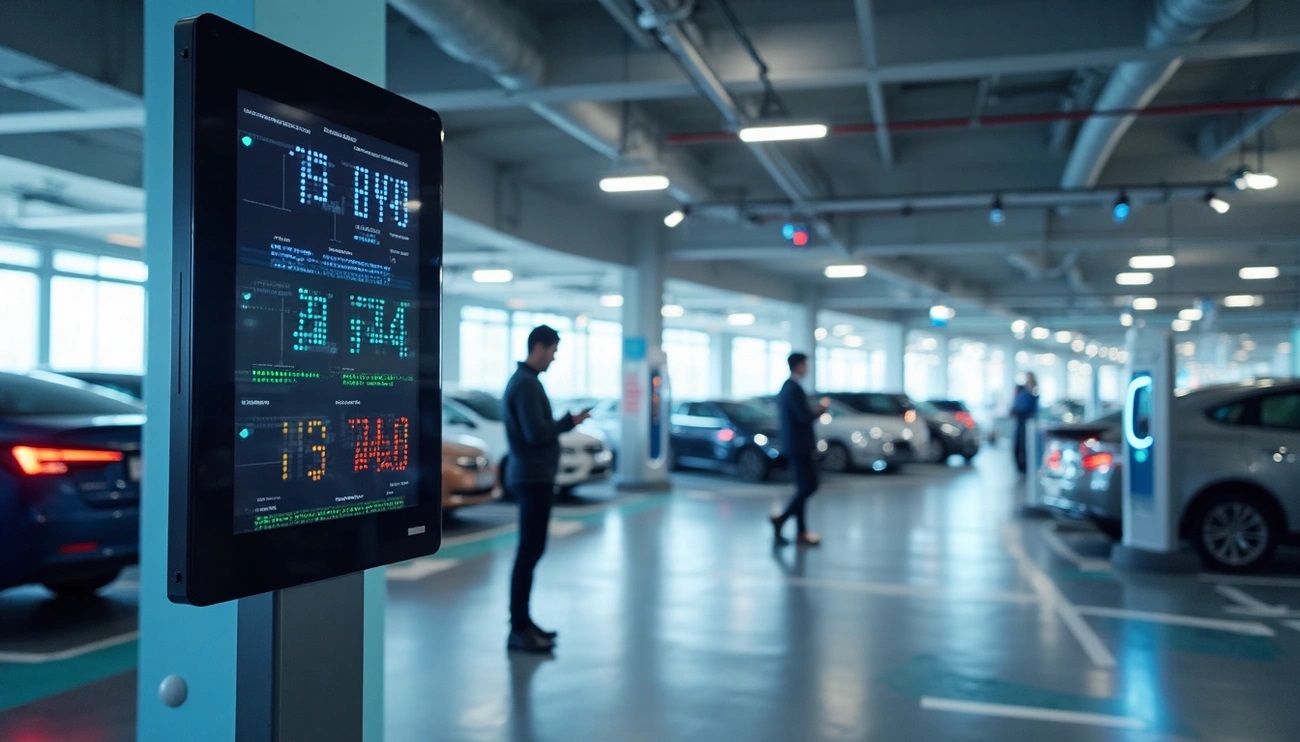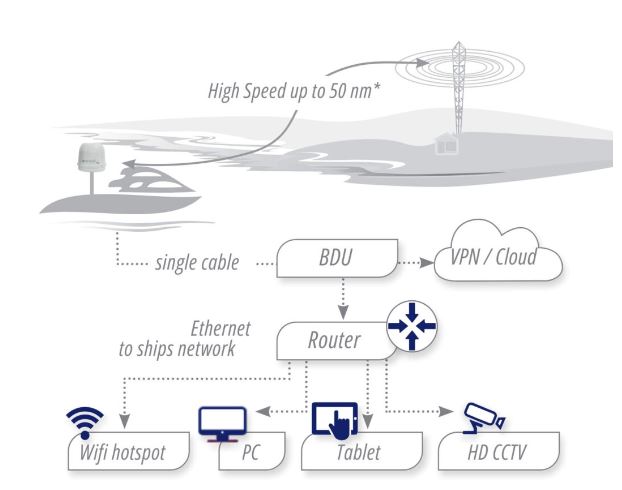In the fast-paced world we live in, finding a parking spot in crowded urban areas has become a daunting task. It often leads to frustration, wasted time, and increased traffic congestion. However, emerging technologies are transforming the way we park our vehicles through the advent of automated parking systems. These innovative systems utilize advanced robotics, sensors, and software to optimize parking efficiency and enhance the overall parking experience. This article explores the benefits, functioning, and future prospects of automated parking systems.
Understanding Automated Parking Systems:
Automated parking systems, also known as robotic parking systems or mechanical parking systems, are state-of-the-art solutions designed to optimize parking space utilization. These systems use advanced robotics, sensors, and software algorithms to automate the process of parking and retrieving vehicles. Instead of relying on human drivers, automated parking systems offer a more efficient and convenient approach to parking.
How Automated Parking Systems Work:
Automated parking systems operate on the principle of vertical stacking and sliding platforms. When a driver arrives at an automated parking facility, they can leave their vehicle in a designated entry area. The system then uses robotic platforms and lifts to transport the vehicle to an available parking space. The entire process is controlled by a central computer system, ensuring precise and seamless vehicle handling.
Benefits of Automated Parking Systems:
Enhanced Space Utilization: One of the primary advantages of automated parking systems is their ability to maximize space utilization. These systems significantly reduce the amount of space required for parking, as they eliminate the need for driving aisles, ramps, and pedestrian walkways. By utilizing vertical and horizontal stacking techniques, automated parking systems can accommodate more vehicles in the same physical footprint, addressing the ever-increasing parking demands in densely populated areas.
Improved Efficiency and Time Savings: Automated parking systems streamline the parking process, resulting in improved efficiency and time savings for both drivers and parking operators. With these systems, drivers no longer need to search for parking spaces manually. Instead, they can simply drop off their vehicles at designated entry points, where the automated system takes over. The vehicle is then transported, parked, and retrieved by robotic mechanisms, minimizing the time spent by drivers in the parking process.
Enhanced Safety and Security: Automated parking systems prioritize safety and security. These systems are equipped with advanced sensors and cameras that monitor the parking environment and detect any obstacles or hazards. The precise and controlled movements of robotic mechanisms minimize the risk of accidents, such as scratches and dents caused by human error. Moreover, automated systems reduce the potential for theft, vandalism, and unauthorized access, as the vehicles are securely stored within controlled and monitored parking facilities.
Environmental Benefits: Automated parking systems contribute to environmental sustainability by reducing traffic congestion and carbon emissions. By eliminating the need for drivers to circle around in search of parking spaces, these systems reduce traffic congestion and associated fuel consumption. Additionally, automated systems can be integrated with electric vehicle charging infrastructure, promoting the adoption of clean transportation and reducing emissions from conventional vehicles.
Challenges and Considerations:
While automated parking systems offer numerous benefits, there are a few challenges and considerations to keep in mind:
Initial Investment: Implementing an automated parking system requires a significant upfront investment, including the cost of equipment, installation, and system integration. However, the long-term benefits often outweigh the initial costs.
Maintenance and Reliability: These systems require regular maintenance to ensure their smooth operation. It is essential to have a well-defined maintenance plan and a responsive support team to address any technical issues promptly.
User Adaptation: Automated parking systems are relatively new to many drivers, and there might be a learning curve associated with using them. Clear instructions, user-friendly interfaces, and adequate staff assistance can help users adapt to the technology smoothly.
Future Prospects
The future of automated parking systems looks promising. As technology continues to advance, we can expect further improvements in efficiency, reliability, and affordability. Integration with smart city infrastructure and connectivity will enable real-time communication between vehicles, parking systems, and navigation applications, ensuring seamless and optimized parking experiences. Moreover, the advent of autonomous vehicles may lead to even more sophisticated automated parking systems, where vehicles can self-navigate and park without human intervention.
Conclusion
Automated parking systems represent a significant advancement in the parking industry, revolutionizing the way we park our vehicles. These systems offer enhanced space utilization, improved efficiency, increased safety, and environmental benefits. With ongoing technological advancements, automated parking systems hold great potential for transforming urban parking landscapes and alleviating the challenges associated with traditional parking methods. As we move forward, it is essential to embrace these innovations and leverage their benefits to create smarter and more sustainable cities.
So if you have set your mind to implement an automated parking system, or you still considering it, reach for Al-Shareef Group for consultancy. We are ready to share our experience with you. Do not hesitate to contact us.





























